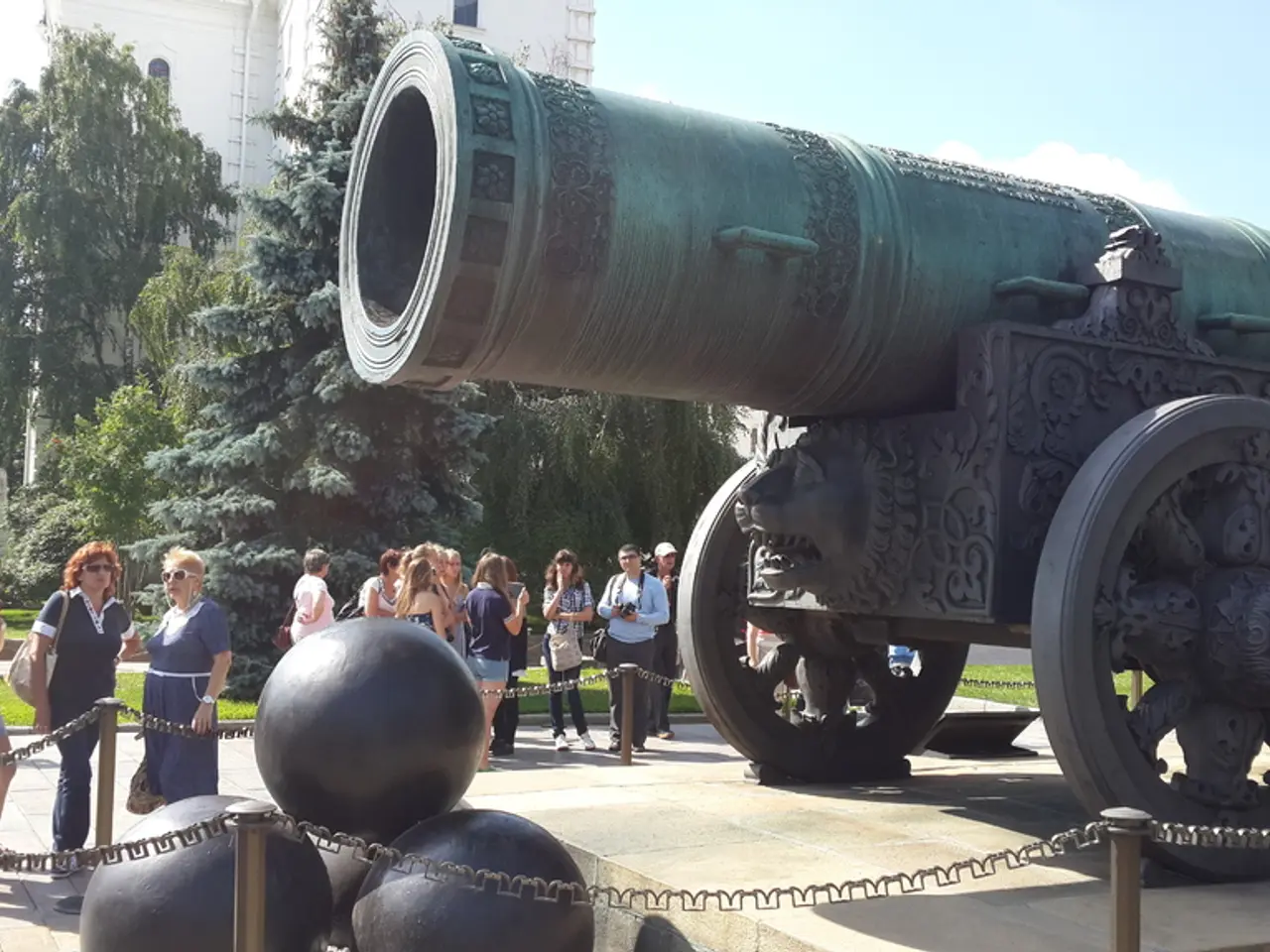China seeks to challenge itself in a planetary defense exercise
China Announces Plan for Asteroid Deflection Mission
China is set to join the global effort to defend Earth from potential asteroid threats, as it announces plans for a mission to deflect an asteroid. This move follows the successful DART mission by NASA, which demonstrated the feasibility of asteroid deflection.
According to a report published by The Planetary Society in its July 2 edition, China's proposed mission aims to collide a space probe with asteroid 2015 XF261, a near-Earth asteroid with a diameter of approximately 30 meters, before 2030. The mission will involve a sophisticated spacecraft that will first closely observe 2015 XF261, then release a smaller impactor to collide with it while the main craft records the impact and its effects from a safe distance.
Unlike the DART mission, which was a single spacecraft impact with post-impact observation from Earth and a small CubeSat, China's mission combines the functions of both NASA's DART and ESA's Hera missions into a single integrated effort. This approach will advance beyond previous single-impact attempts by providing detailed post-impact analysis from orbit.
The DART mission, launched earlier, demonstrated the feasibility of asteroid deflection by ramming a spacecraft into the moonlet Dimorphos of the asteroid Didymos to alter its orbit. A key insight from DART was that the impact-generated debris plume exerted a significant additional force, increasing the deflection effect well beyond the kinetic impact alone. This debris effect changed Dimorphos' orbit by about 33 minutes, proving the importance of asteroid composition and ejecta in deflection strategies.
China is also heavily investing in ground-based radar and detection capabilities to support this and future planetary defense efforts. This strategic priority aims to develop autonomous and advanced asteroid deflection technologies.
In comparison, the European Space Agency's Hera mission, due to leave in October 2024, mainly aims to confirm the results of the DART mission, not to repeat the test. The Hera mission aims to refine the measurements made remotely on Dimorphos and the work accomplished by the probe remaining in orbit. All the data accumulated will subsequently be used for other deviations.
China is eager to succeed with its own test in planetary defense technology, following the success of the DART mission. If the mission occurs, it will involve sending a space probe to the vicinity of 2015 XF261 and placing it in orbit. The probe will then drop a projectile at high speed against the asteroid to impact its movement. The probe will remain at a distance to make observations.
It's important to note that no asteroid directly threatens the Earth, and the risks of collision with the Earth are generally assessed on two scales: the Turin and the Palermo scales. Despite this, the mission serves as a crucial step forward in understanding and refining asteroid deflection techniques.
References:
- The Planetary Society. (2022, July 2). China's proposed asteroid deflection mission aims to build on lessons learned from DART. [online] Available at: https://www.planetary.org/blogs/casey-dreier/2022/0702-chinas-proposed-asteroid-deflection-mission.html
- NASA. (2022, September 26). DART Mission Successfully Demonstrates Asteroid Deflection Technology. [online] Available at: https://www.nasa.gov/press-release/dart-mission-successfully-demonstrates-asteroid-deflection-technology
- Journal of Deep Space Exploration. (2022). A proposed mission to collide a space probe with asteroid 2015 XF261. [online] Available at: https://deepspace.aas.org/abstract/2022/0000528/
Read also:
- Exploring the Next Phase in Motor Engineering: The Influence of Magnetic Axles
- Humorous escapade on holiday with Guido Cantz:
- Kia Manufactures Car Accessory Material from Ocean Plastic Collected from the Great Pacific Garbage Patch
- Japan's Unique Roadmap to Carbon Neutrality, Traced from the G7 Summit in Hiroshima








